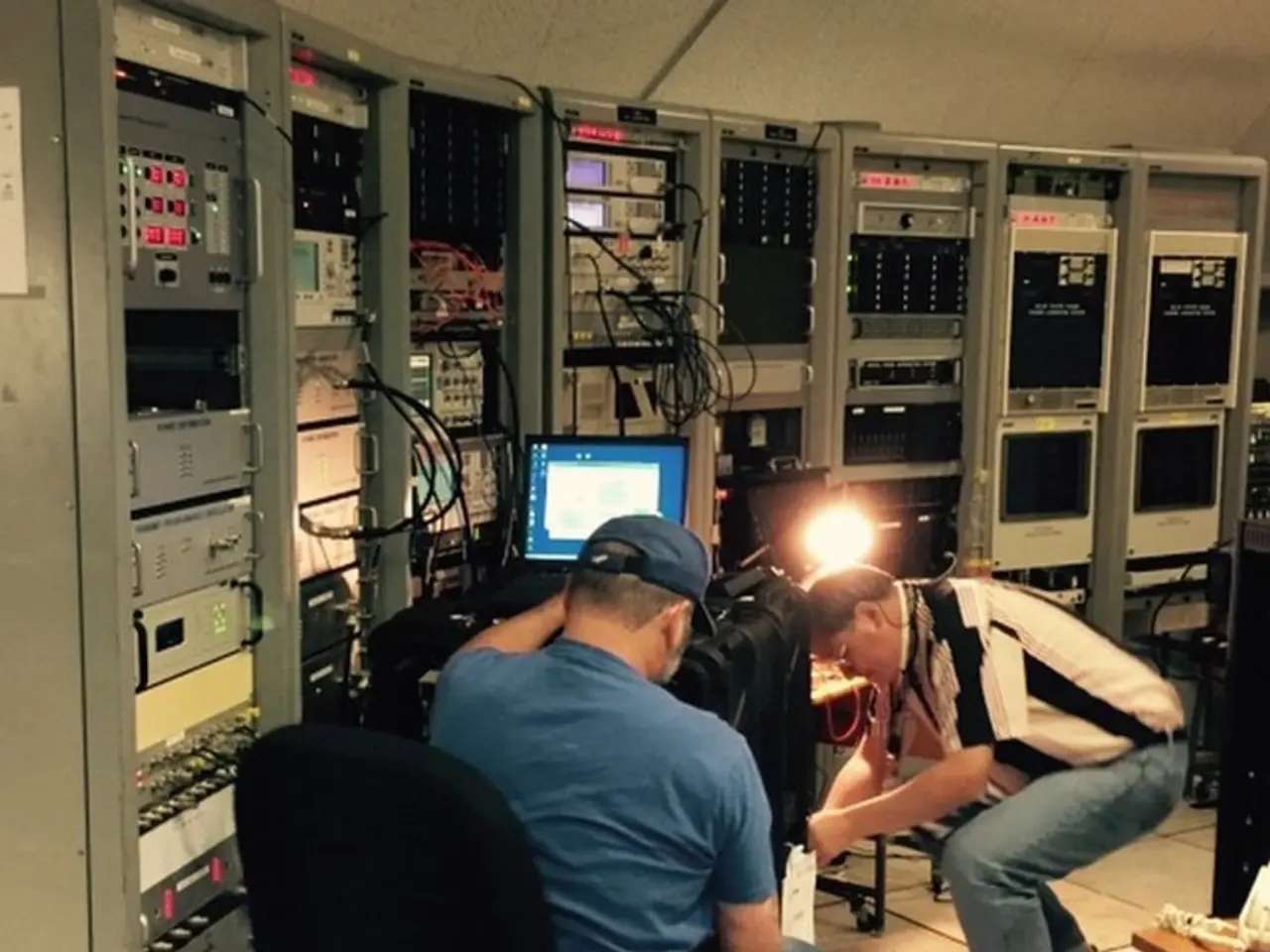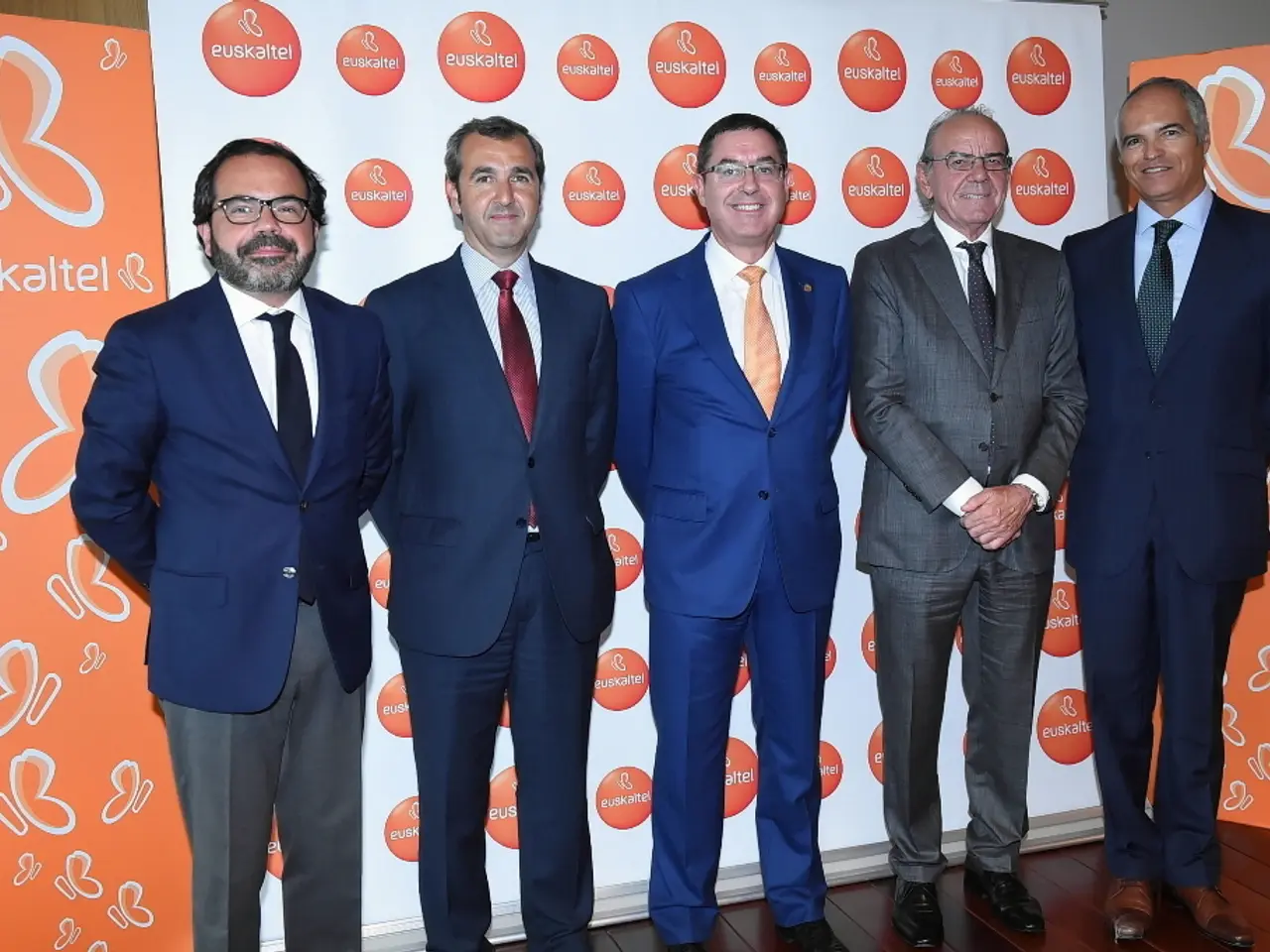Debunking Misconceptions about Remote Work: Persisting Misconstrued Ideas among Businesses
In the modern workplace, remote work has become a standard, yet persistent myths continue to cloud its potential benefits. This article aims to debunk some of the most common misconceptions surrounding remote work and highlight the facts that support its effectiveness.
One of the most prevalent myths is that remote work equates to less work or laziness. However, a two-year study by Stanford University showed a 13% increase in productivity among remote workers, with many working longer hours remotely than in-office. Moreover, 43%-55% of workers report feeling more productive with flexible arrangements. The truth is, productivity is about output, not presence or hours spent visible online.
Another myth is that remote workers are always available and should respond instantly. In reality, remote workers set clear boundaries just like office workers. Respecting work hours is crucial to prevent burnout; availability expectations must align with agreed schedules.
The belief that remote work is isolating and harms collaboration and creativity is also a misconception. Evidence shows that remote work can enhance creativity and collaboration if the right tools and processes are used. Remote work doesn't stall career progression inherently—it depends on organizational support and communication.
Stereotypes that leadership requires physical presence or face-to-face oversight are also debunked. Leadership effectiveness depends on skills and communication, not location. Many remote leaders successfully motivate and manage teams through technology and proactive engagement.
A traditional view limiting Virtual Assistants' roles to basic office support is another outdated perception. Virtual Assistants can handle a broad scope of responsibilities, depending on needs and skills.
These myths stem from equating physical presence with productivity and misunderstanding the dynamics of remote work. When implemented thoughtfully with clear communication, technology, and respect for boundaries, remote work proves to be as effective—if not more so—than traditional office setups.
Smaller companies can build remote culture more easily because they can personalize culture and rituals more effectively. In fact, companies like Zapier, Automattic (WordPress), and GitLab have operated fully remotely for over a decade, demonstrating the longevity and success of remote work models.
Employees tend to work longer hours and report better focus when working remotely. Gallup's research shows that engaged remote workers can outperform disengaged in-office workers by a wide margin. A 2024 survey by FlexJobs found that 95% of respondents preferred remote or hybrid work, indicating a growing preference for flexible work arrangements.
However, it's important to note that risks such as burnout and isolation can arise in remote work. These can be mitigated with clearer boundaries, better communication, mental health policies, and flexible schedules.
Executives' preferences for office life don't always match those of their employees, leading to costly mistakes and turnover if a "one-size-fits-all" model is assumed. Companies must adapt to the changing landscape of work and embrace remote work as a proven, productive work model.
In conclusion, debunking these myths with facts is crucial for organizations to fully benefit from flexible work models. By relying on empirical productivity data, highlighting the importance of work-life boundaries, showcasing success stories, and educating on the evolving nature of roles, companies can challenge outdated perceptions and embrace the future of work.
- The misconception that remote work leads to less productivity is debunked by empirical data, as a two-year study by Stanford University showed a 13% increase in productivity among remote workers.
- The notion that remote work hinders collaboration and creativity is another myth, as evidence suggests that the use of the right tools and processes can enhance creativity and collaboration in remote work settings.
- The assumption that leadership requires physical presence or face-to-face oversight is also a misconception, as many successful remote leaders have shown that leadership effectiveness depends on skills and communication, not location.




